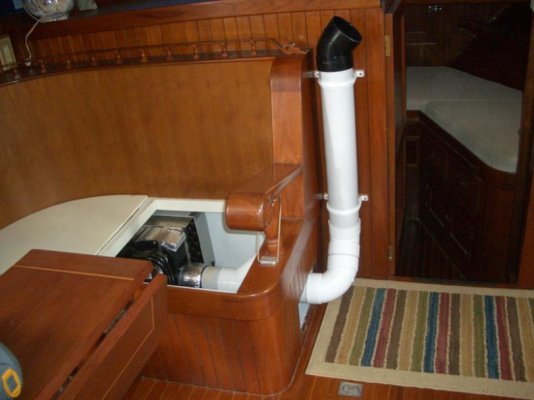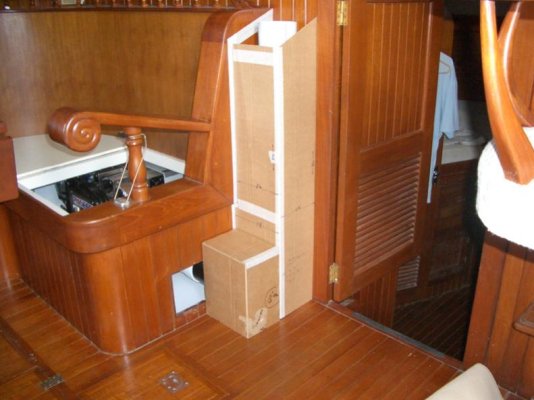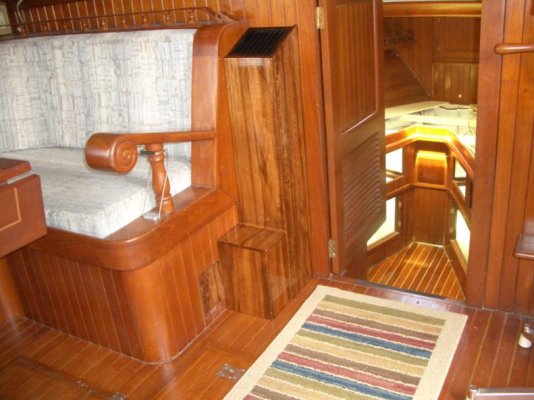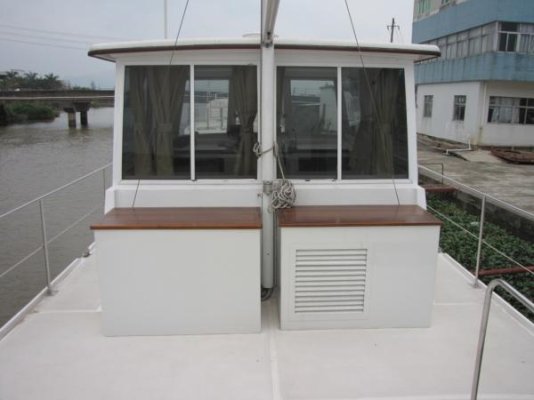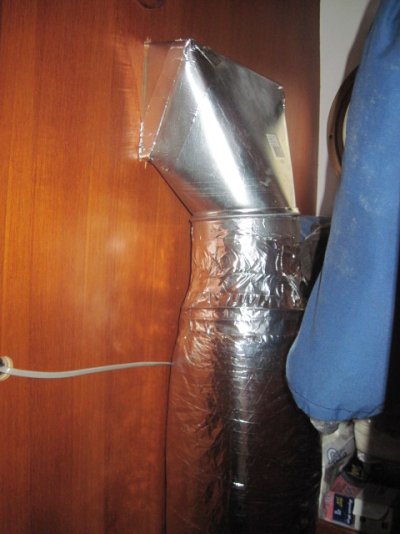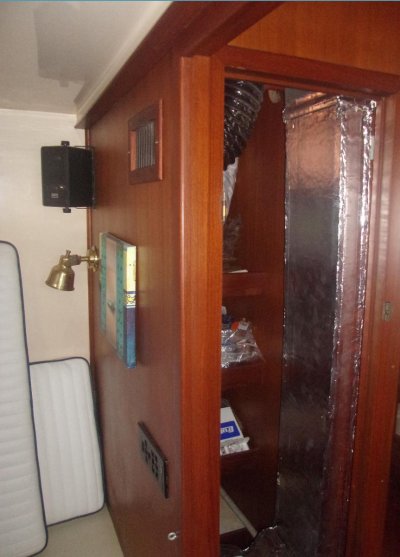Need some "been there done that" type information from other Manatee owners as to what works regarding air-conditioning our Manatee.
We use two 30 amp shore power cords when at the dock and a Northern Lights 5 KW generator when underway or at anchor on our 1987 KK3669. Presently running a worn out Cruisair 16,000 BTU R-22 split system heat pump that needs help with the heat load. I have used guides to caculate the Manatee needs about 36,000 BTU's of cooling. Is that what other Manatee's require ???
I'm looking at the new air-conditioning units from Cruisair running R-410A refrigerant and advertising 20% increased efficiency. Also there "Smart Start" single phase soft starter package seems like a perfect solution to the high starting amps required for air-conditioning compressors.
I'm open to information on how your Manatee is setup since marine air-conditioning, placement of units, etc. is always a challenge.
Any information and or photos would be a help making the right decision for our Manatee.
Bill
We use two 30 amp shore power cords when at the dock and a Northern Lights 5 KW generator when underway or at anchor on our 1987 KK3669. Presently running a worn out Cruisair 16,000 BTU R-22 split system heat pump that needs help with the heat load. I have used guides to caculate the Manatee needs about 36,000 BTU's of cooling. Is that what other Manatee's require ???
I'm looking at the new air-conditioning units from Cruisair running R-410A refrigerant and advertising 20% increased efficiency. Also there "Smart Start" single phase soft starter package seems like a perfect solution to the high starting amps required for air-conditioning compressors.
I'm open to information on how your Manatee is setup since marine air-conditioning, placement of units, etc. is always a challenge.
Any information and or photos would be a help making the right decision for our Manatee.
Bill

